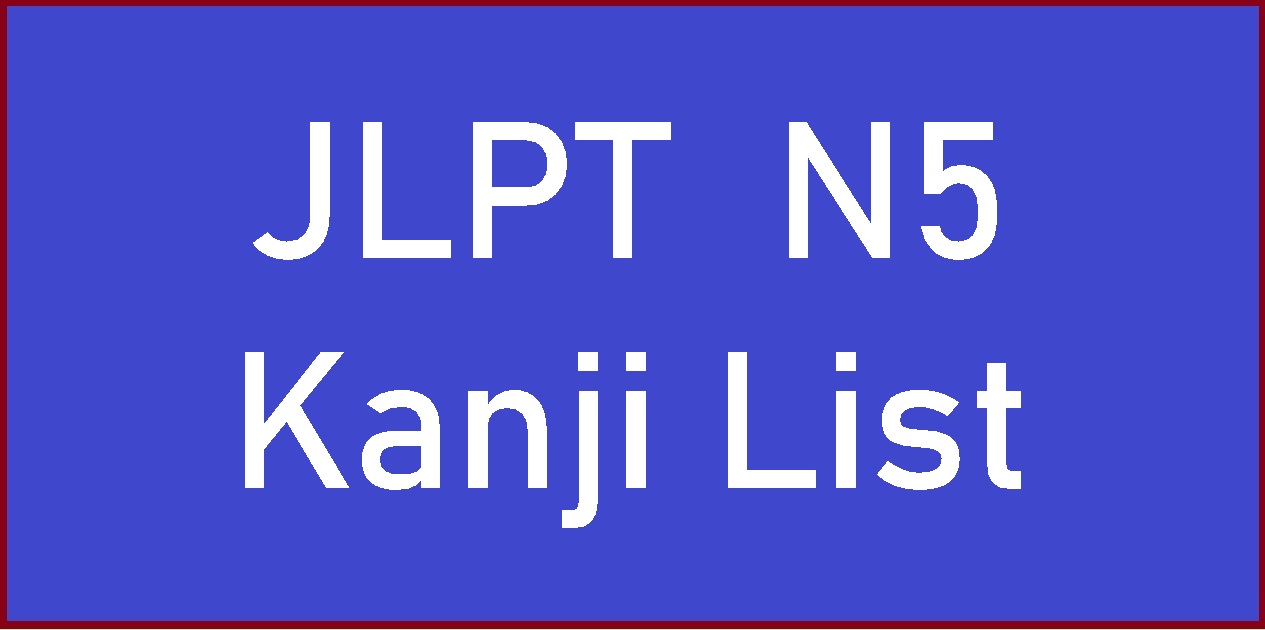TAKE JAPANESE LESSONS
Self-Study Materials
Struggling with Kanji? Kanji can be fun! You can take our lesson online! Using coaching techniques, we support you in learning Kanji. For further information, please contact us.
JLPT N5 Kanji – Basic 100
Click the category name to study each kanji.
- Numbers
一 二 三 四 五 六 七 八 九 十 百 千 万 円 - Days of Week
日 月 火 水 木 金 土 週 - Time
時 間 今 分 半 毎 年 午 - People
人 子 男 女 父 母 先 生 友 名 - Weather
天 気 雨 空 - Verb #1
行 来 立 見 入 出 休 買 - Verb #2
言 話 読 書 聞 食 飲 - Direction, Location
上 下 外 中 前 後 右 左 - Places
学 校 会 社 店 駅 道 国 山 川 - Body Parts
口 耳 手 足 目 - Adjectives
大 小 高 安 長 多 少 新 古 白 - Others
電 車 何 本 語 花 魚 肉
Struggling with Kanji? We offers courses dedicated to Kanji. Using coaching techniques, we support you in learning Kanji. For further information, please contact us.
TIPS to Study Kanji
- Don’t try to memorize all the kanji readings. Just memorize the meaning first.
Hiragana and Katakana are for reading or pronunciation, but Kanji is for meaning. If you know the kanji meaning and vocabulary, you can naturally read the Kanji in a sentence. In other words, increasing vocabulary helps you in learning Kanji. - Most of Kanji is composed of 2 or 3 parts. Try to break into pieces to guess the meaning.
- Memorize basic kanji parts. Katakana イ in Kanji means a person, for example. A Kanji 休 has イ (person) and 木 (tree). 休 describes “A person is leaning against a tree to take a REST”. So, 休 means “rest” as you might guess.
- The most difficult part of studying kanji is actually starting to study kanji. So don’t wait and just go to a book store or amazon and buy a kanji book you like and study 10 kanji. Once you kick the start, you maybe find studying kanji is not THAT hard.

